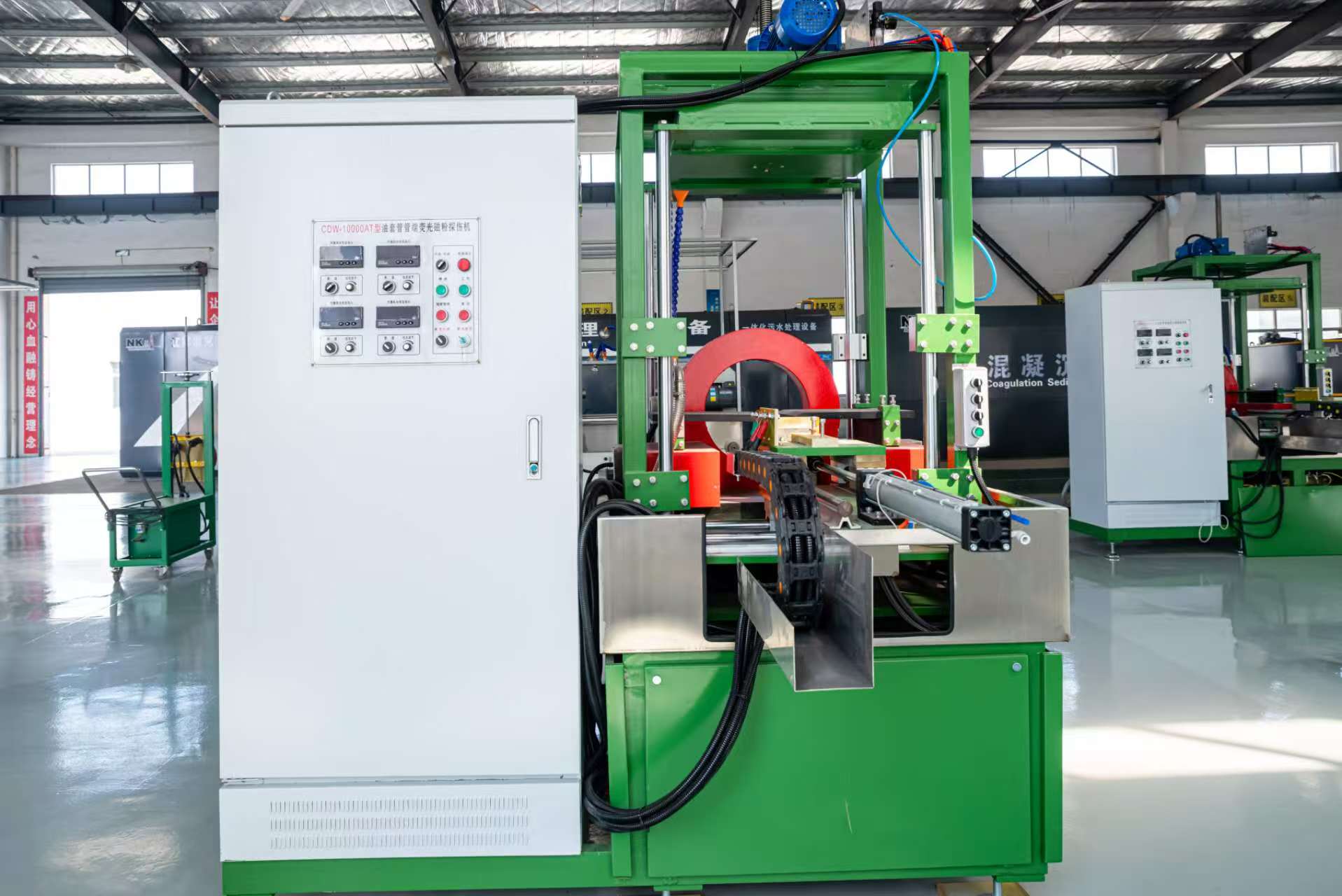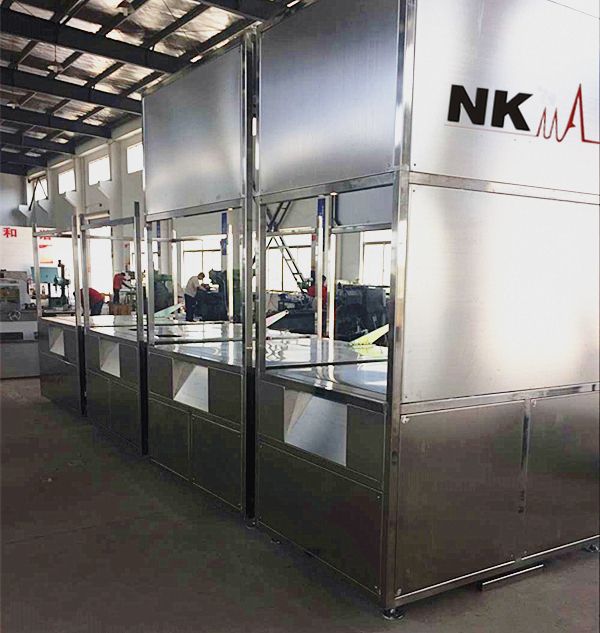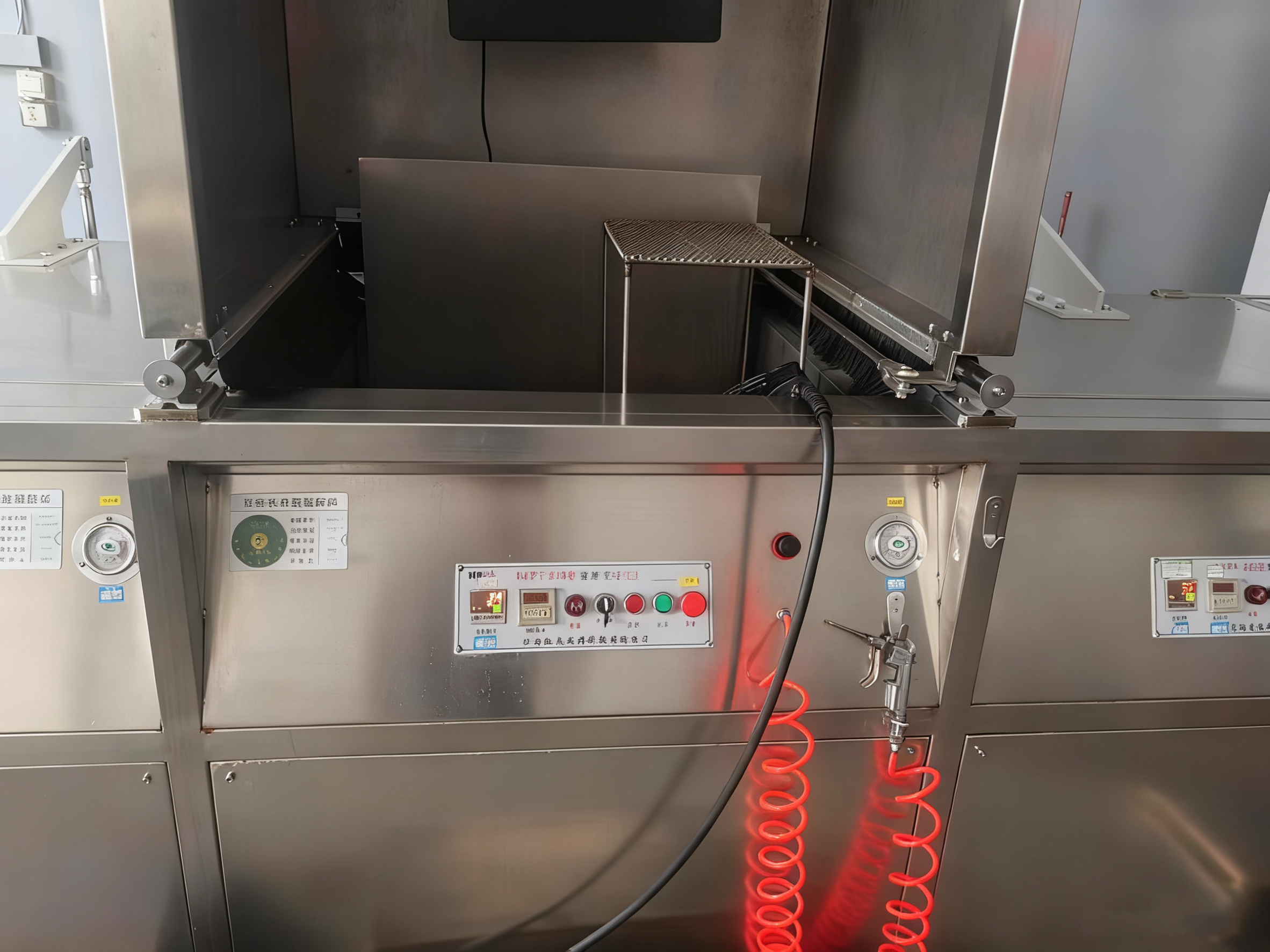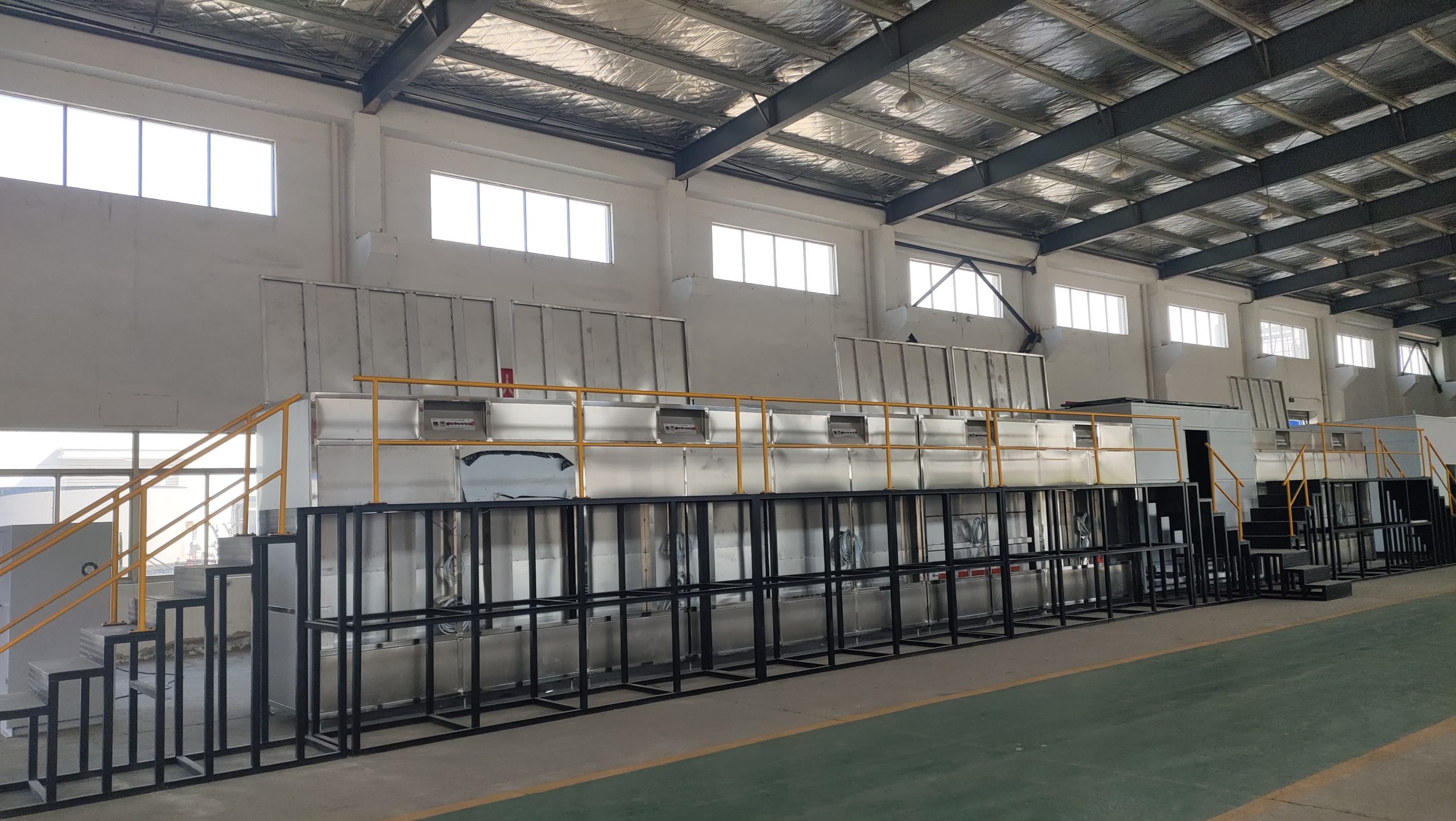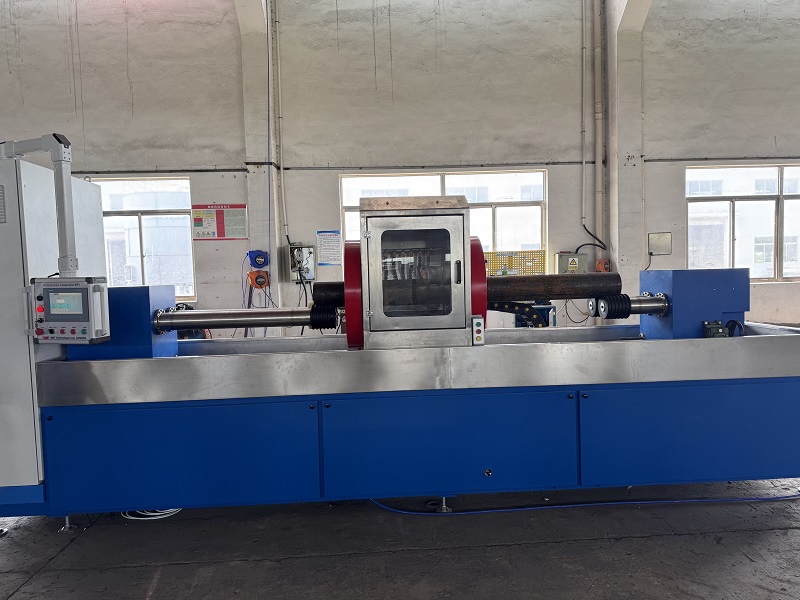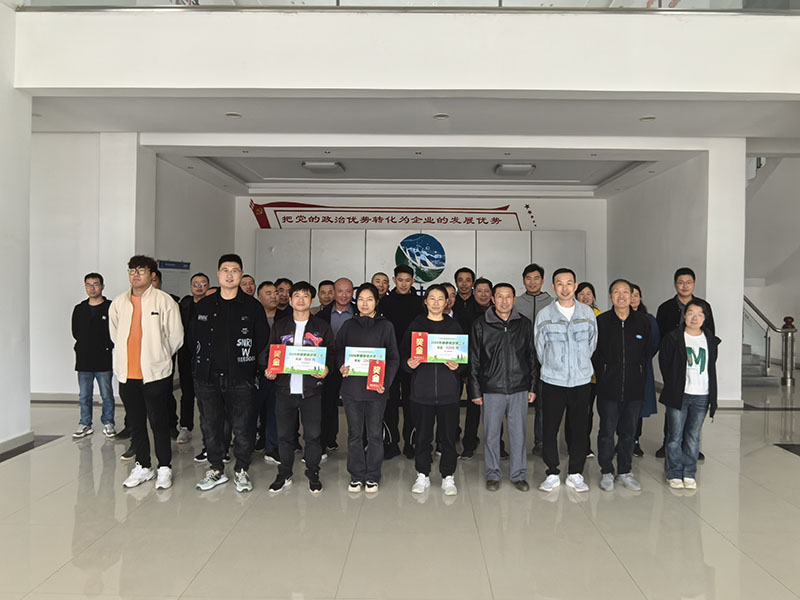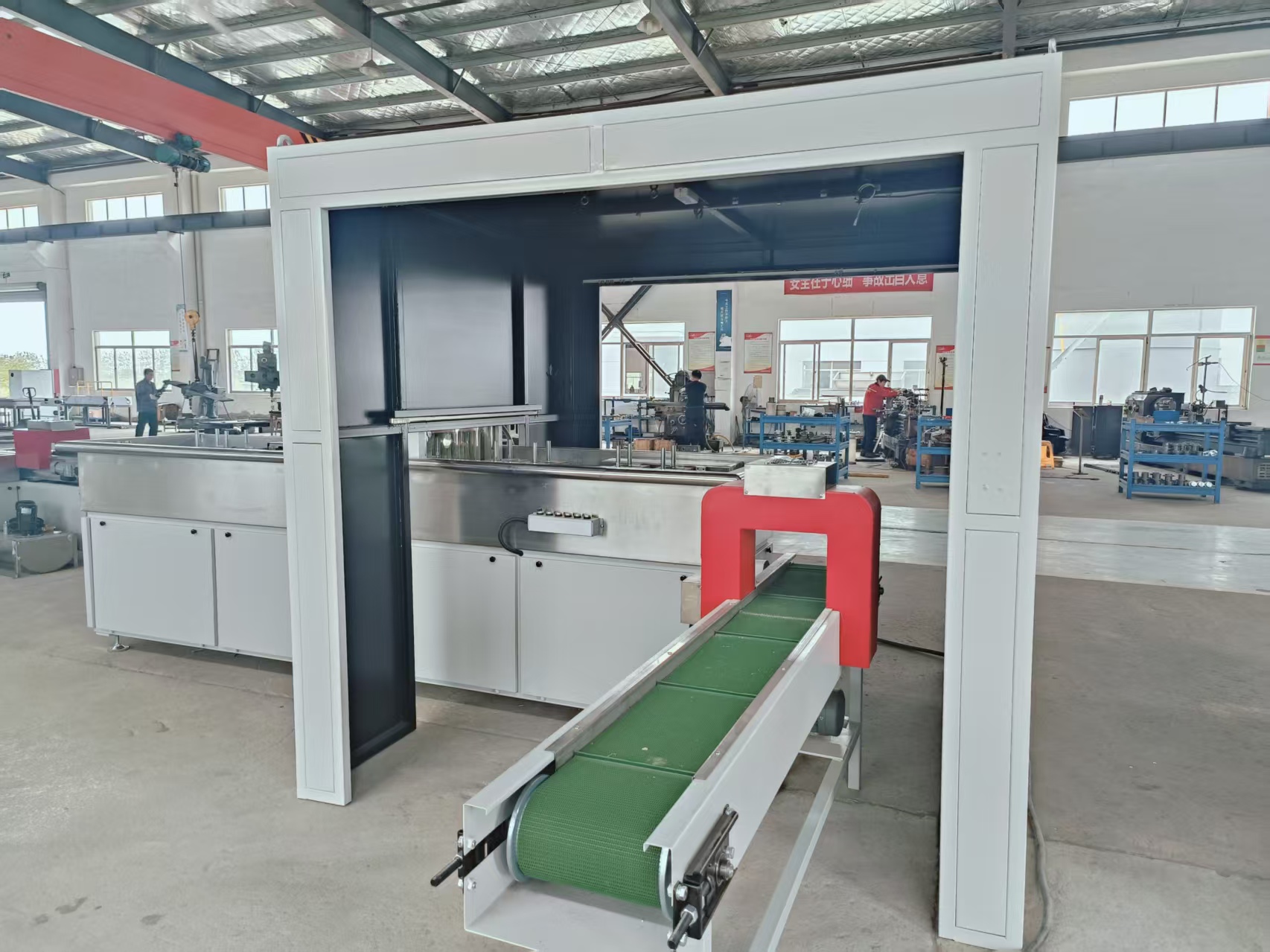
Magnetic particle testing utilizes magnetic phenomena to detect workpiece defects, representing the most prevalent method in magnetic flux leakage testing. The discovery of magnetism traces back to ancient China during the Spring and Autumn Period (770–476 BC), where laborers observed magnetite’s iron-attracting properties and invented the compass – humanity’s earliest magnetic application in navigation. Systematic scientific advancement began in the 17th century with foundational research on magnetic forces, electromagnetic fields, and ferromagnetic materials.
The modern era of magnetic flux leakage testing emerged in 1868 when the British journal Engineering documented compass-based discontinuity detection in gun barrels. This was followed by Hering’s 1876 US patent for rail inspection using similar principles. The conceptual breakthrough came in 1922 when American inventor Hoke proposed MT after observing iron filings cluster at cracks during machining, though implementation stalled for seven years due to limitations in magnetization technology and suitable magnetic particles.
Critical innovation arrived in 1928 when Forest developed circular magnetization to solve oil drill pipe fractures, utilizing size-controlled magnetic particles. His collaboration with Doane established Magnaflux Corporation in 1934, commercializing MT equipment and demonstrating the first fixed-type MT unit. Throughout the 1930s, key advancements included portable yokes, wet-method suspension technology, and demagnetization solutions, with MT gaining traction in aviation and automotive sectors for high-stress component inspection. Germany’s 1938 Non-Destructive Testing Monographs and America’s 1940 textbook Principles of Magnetic Flux Testing formalized the methodology, while 1941 saw the debut of fluorescent magnetic particles.
Post-WWII expansion accelerated across aerospace and heavy industries, with specialized equipment enabling preventive maintenance. The 1960s brought portable systems, quantitative field measurement, indicator shims, and silicon-rectifier enhanced equipment. As inspection quality gained prominence, standardized Level I-III personnel certification became essential. The 1970s witnessed a technological revolution: programmable components replaced relay logic, while high-brightness fluorescent particles and UV lamps dramatically improved sensitivity.
Notably, Soviet scientist R. Rzygodro made seminal contributions during the 1950s through systematic sensitivity studies that established globally adopted scientific magnetization procedures.
In China, pre-1949 applications were limited to imported American battery-powered DC testers for aircraft maintenance. Post-liberation saw rapid MT adoption in aviation, ordnance, and automotive sectors. Through decades of global collaboration, MT has matured into a sophisticated NDT method featuring microprocessor-controlled wet systems and computerized data acquisition.
We, Jiangsu Nuke NDT is a national high-tech enterprise headquartered in Sheyang Economic Development Zone, Jiangsu Province. With a facility spanning over 60,000 square meters and registered capital of 50 million RMB, the company originated from a state-owned nondestructive testing (NDT) research base established in the 1980s.
Specializing in the design, production, and sales of magnetic particle inspection equipment, fluorescent penetrant inspection lines, industrial cleaning machines, and customized non-standard process lines. Nuke serves industries including aviation, aerospace, defense, railways, metallurgy, automotive, internal combustion engines, shipbuilding, pressure vessels, petrochemicals, and bridges. Its products are widely applied for NDT testing of components across various specifications in these sectors.


